I've trained a gradient boost classifier, and I would like to visualize it using the graphviz_exporter tool shown here.
When I try it I get:
AttributeError: 'GradientBoostingClassifier' object has no attribute 'tree_'
this is because the graphviz_exporter is meant for decision trees, but I guess there's still a way to visualize it, since the gradient boost classifier must have an underlying decision tree.
How to do that?

